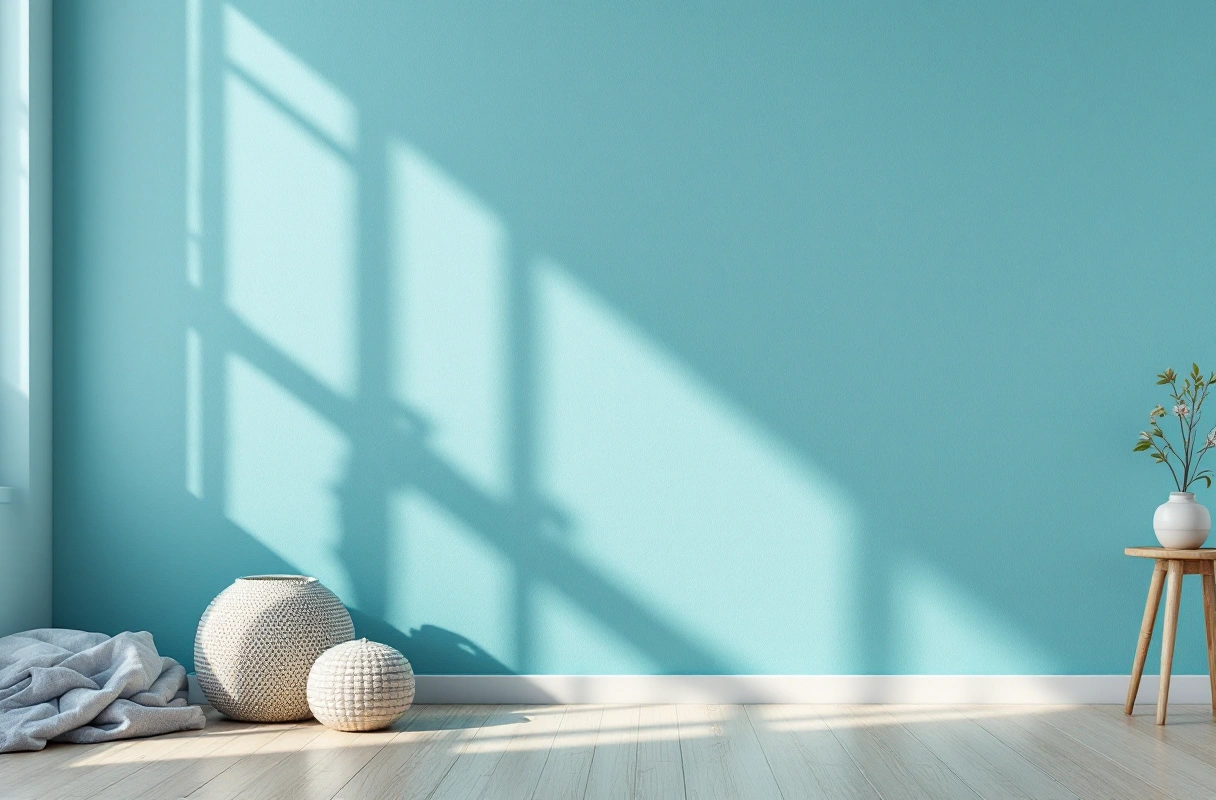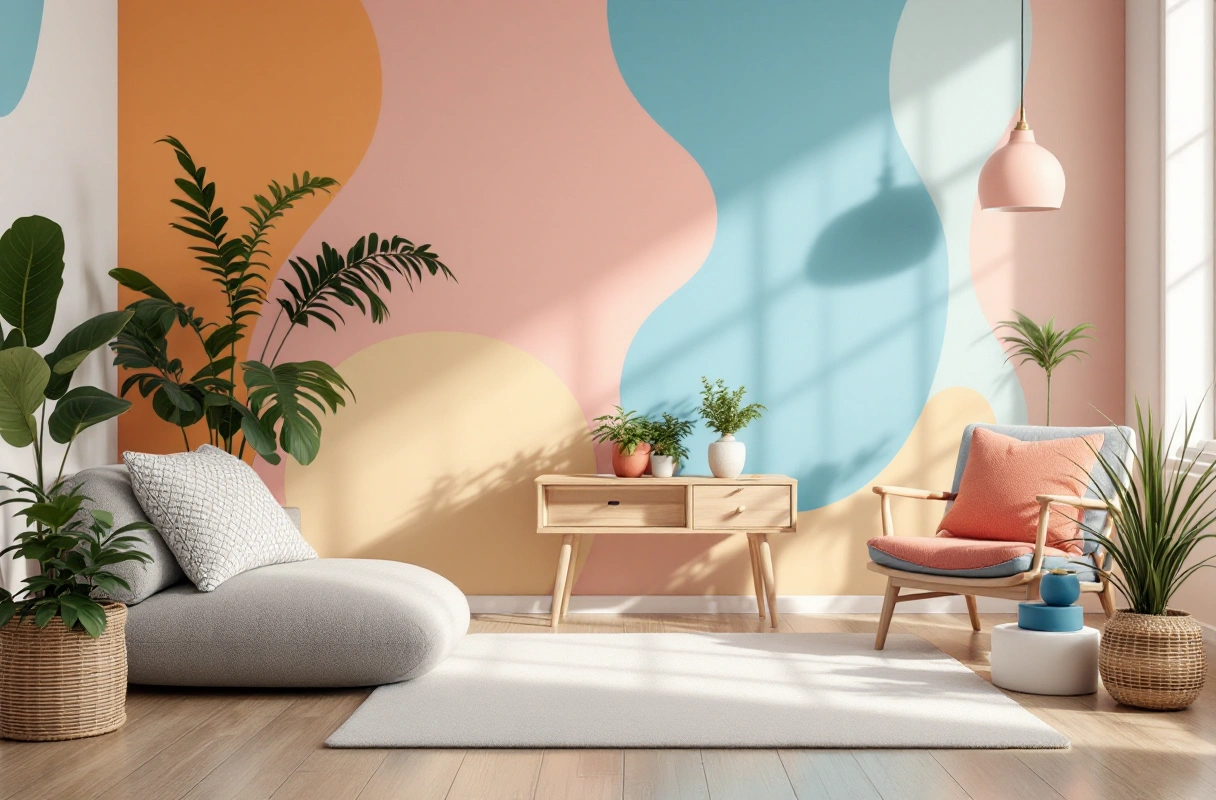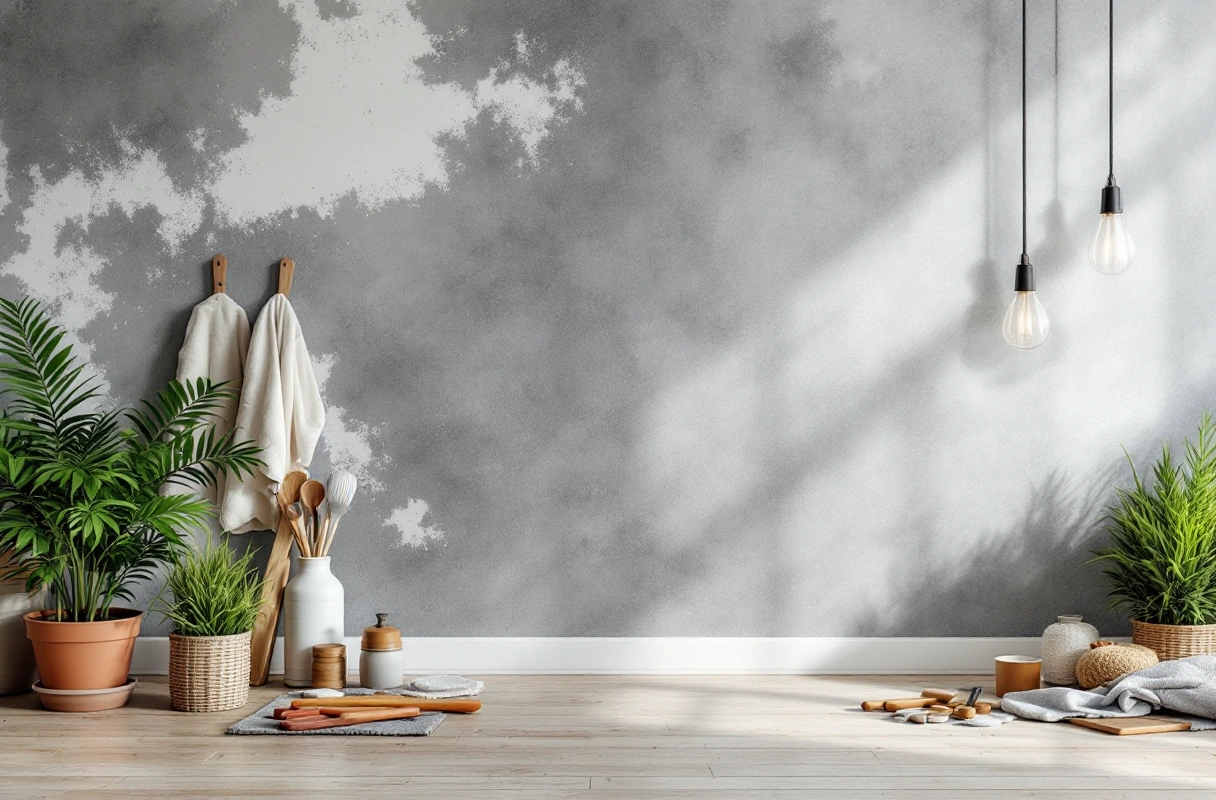How to Choose the Right Colors for Your Home Renovation
- Travis Andersen

- Sep 16
- 5 min read
Selecting colors for your home renovation is an essential aspect that can dramatically influence the overall atmosphere and functionality of your space. The right color scheme can enhance natural light, create a sense of warmth, and even affect your mood. Whether you are updating a single room or undertaking a full-scale renovation, understanding how to choose colors effectively is crucial. This article provides actionable DIY home renovation tips specifically focused on selecting the right colors for your project.
Understanding Color Psychology

Color psychology plays a significant role in how we perceive our environment. Each color can evoke different emotions and reactions, making it essential to understand these implications when renovating your home.
The Emotional Impact of Colors
Warm Colors: Shades like red, orange, and yellow tend to evoke feelings of warmth and energy. These colors can stimulate conversation and create a lively atmosphere, making them ideal for social spaces such as living rooms and kitchens.
Cool Colors: Blues, greens, and purples are known for their calming effects. These hues can help create a serene environment, perfect for bedrooms and bathrooms where relaxation is a priority.
Neutral Colors: Whites, grays, and beiges offer a versatile backdrop that can suit any style. They provide a sense of balance and allow you to experiment with bolder accent colors.
Understanding these emotional responses can guide your decisions when selecting colors for specific areas of your home, ensuring the space reflects your desired ambiance.
Color Trends and Personal Style
While understanding color psychology is important, personal style should also influence your color choices. Trends can provide inspiration, but they should not overshadow your preferences. Consider the following:
Current Trends: In 2025, earthy tones and muted colors are trending, offering a connection to nature and promoting a sense of well-being. Incorporating these colors can keep your home feeling modern and stylish.
Your Style: If you prefer a minimalist aesthetic, opt for a monochromatic palette with varying shades of a single color. Alternatively, if you lean toward eclectic styles, don't hesitate to mix and match vibrant hues.
Being aware of both trends and your personal style helps you create a cohesive and inviting space that feels uniquely yours.
Practical Steps to Choose the Right Colors

When it comes to selecting colors for your home renovation, following a systematic approach can help simplify the process. Here are essential steps to consider:
Assess Your Space: Evaluate the natural light, size, and layout of the area you are renovating. Dark colors can make a small space feel even smaller, while lighter colors can open it up.
Gather Inspiration: Use platforms like Pinterest or design magazines to collect images that resonate with your style. Pay attention to color combinations that catch your eye.
Create a Color Palette: Limit your palette to three to five colors. This helps maintain visual harmony. Choose a dominant color, one or two accent colors, and possibly a neutral base.
Test Samples: Purchase paint samples and apply them to your walls. Observe how the colors change throughout the day as the light shifts. This step is crucial to ensure you love the color in different lighting conditions.
Consider Flow: Ensure that the colors you choose work well together in an open floor plan. Transitioning between colors should feel seamless and intentional.
Seek Professional Advice: If you feel overwhelmed, consider consulting with an interior designer or a paint specialist. Their expertise can provide valuable insights tailored to your specific needs.
Following these steps will help you navigate the color selection process with confidence and ease.
Common Mistakes to Avoid

When choosing colors for your home renovation, certain pitfalls can derail your plans. Here are mistakes to watch out for:
Ignoring Lighting: Failing to account for natural and artificial lighting can lead to disappointing results. Always test colors in the actual space and lighting conditions.
Overusing Bold Colors: While bold colors can make a statement, using them excessively can create a chaotic environment. Reserve vibrant hues for accent walls or decor. For more ideas, check out the best bold paint colors for your home .
Neglecting the Flow: Each room should feel connected. Avoid choosing colors that clash with adjacent spaces. Use complementary colors to create a cohesive look.
Rushing the Process: Take your time with color selection. Rushing can lead to decisions that you may regret later. Allow yourself the necessary time to evaluate options thoroughly.
By being aware of these common mistakes, you can ensure a more successful and satisfying renovation experience.
The Role of Finishes in Color Selection
Color is not the only factor to consider when renovating your home. The finish of your paint or materials can significantly influence the final look and feel of a space.
Paint Finishes Explained
Matte Finish: Ideal for ceilings and low-traffic areas, matte finishes can create a soft, sophisticated look. However, they are not as durable or washable as other finishes.
Eggshell Finish: This finish offers a slight sheen, making it suitable for living rooms and bedrooms. Eggshell is more durable than matte and can withstand some cleaning.
Satin Finish: Commonly used in kitchens and bathrooms, satin finishes provide a subtle gloss that is easy to clean and resistant to moisture.
Gloss Finish: High-gloss finishes are extremely durable and perfect for trim, moldings, and cabinets. They reflect light beautifully but can highlight imperfections.
Choosing the right finish in conjunction with your color selection can enhance the overall aesthetic and functionality of your space.
Material Choices and Color Harmony
In addition to paint, consider the colors of your flooring, cabinetry, and furniture. Ensure that these elements harmonize with your chosen color palette. For example, if you select a warm beige for your walls, pairing it with dark wood furniture can create a balanced and inviting atmosphere.
The Importance of Accent Colors
Accent colors are an excellent way to add personality and flair to your home. These colors can be introduced through various elements, such as decor, furniture, or artwork. Here are some ways to incorporate accent colors effectively:
Accent Walls: Painting one wall a bolder color can create a focal point without overwhelming the space. This technique works well in living rooms, dining areas, or bedrooms.
Decorative Elements: Use pillows, rugs, and artwork to introduce accent colors. These items can be easily changed, allowing you to update your space without a complete overhaul.
Furniture Choices: Consider colorful furniture pieces that can serve as conversation starters. A bright chair or sofa can bring life to a neutral room.
By thoughtfully incorporating accent colors, you can create dynamic and visually interesting spaces that reflect your personality.
PDX Home Revival: Your Partner in Home Renovation
Choosing the right colors for your home renovation is a journey that requires careful thought and planning. By utilizing the DIY home renovation tips discussed in this article, you can create spaces that not only look great but also feel like home.
At PDX Home Revival, we understand the unique needs of homeowners in the Portland metro area. Whether you are renovating a kitchen, bathroom, or your entire home, our experienced team is here to guide you through the process. We can help you apply your newfound knowledge about color selection and ensure that your renovation aligns with your vision. For more comprehensive renovation services, explore our home remodel and renovation offerings.
If you’re ready to take the next step in your home renovation journey, visit our website or contact us for more information. Together, we can turn your renovation dreams into reality.



Comments